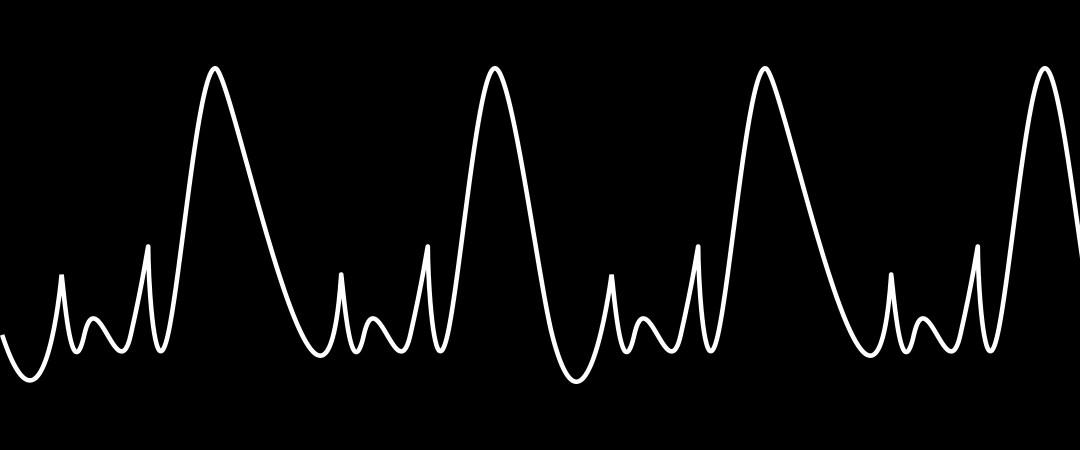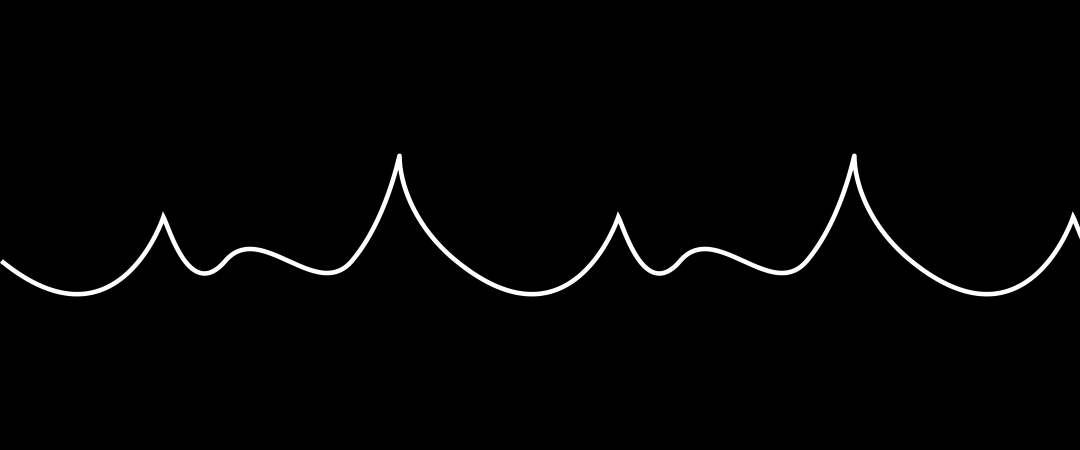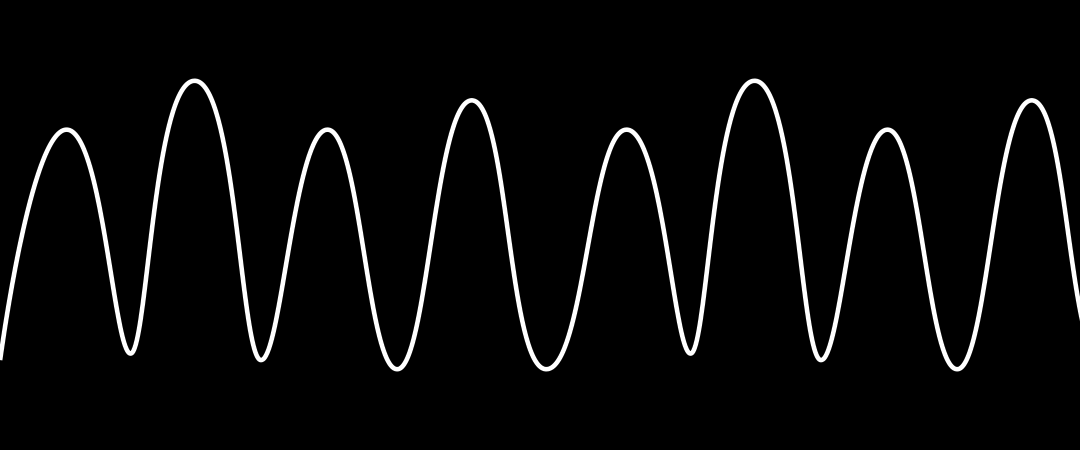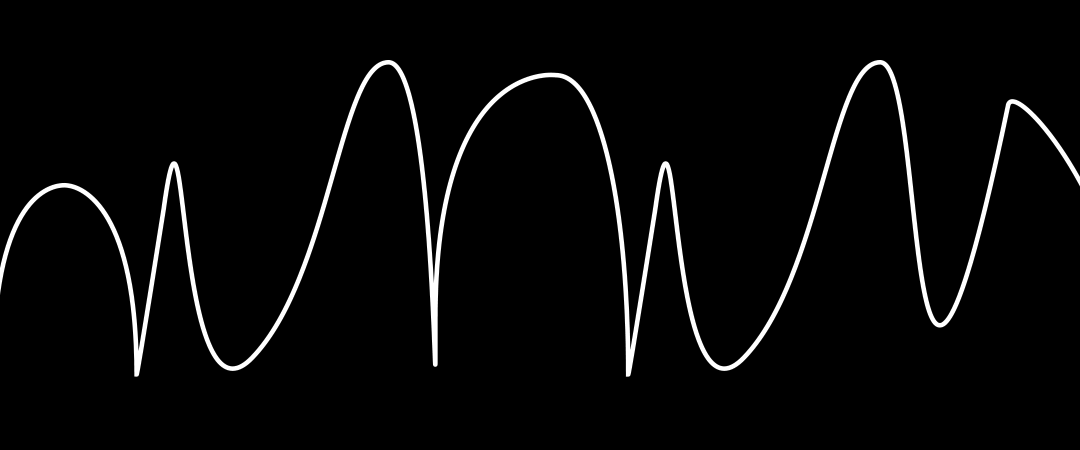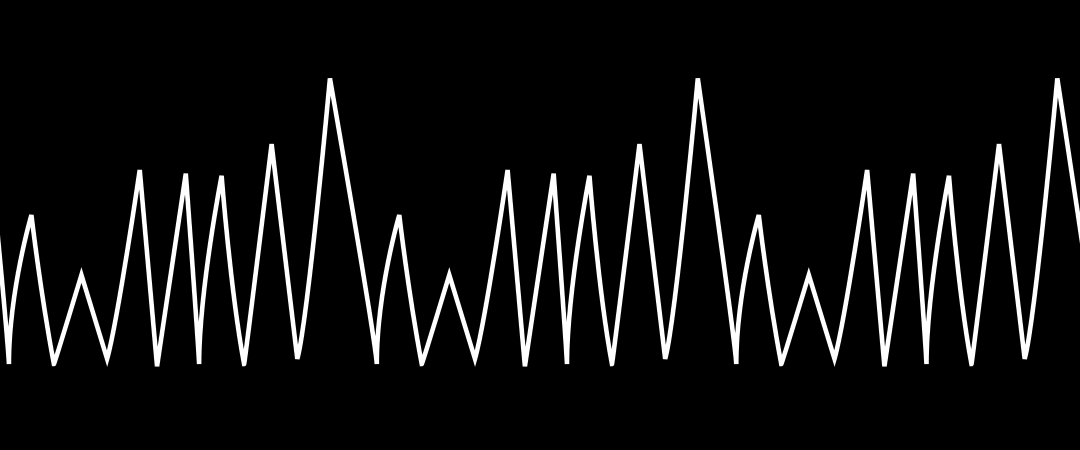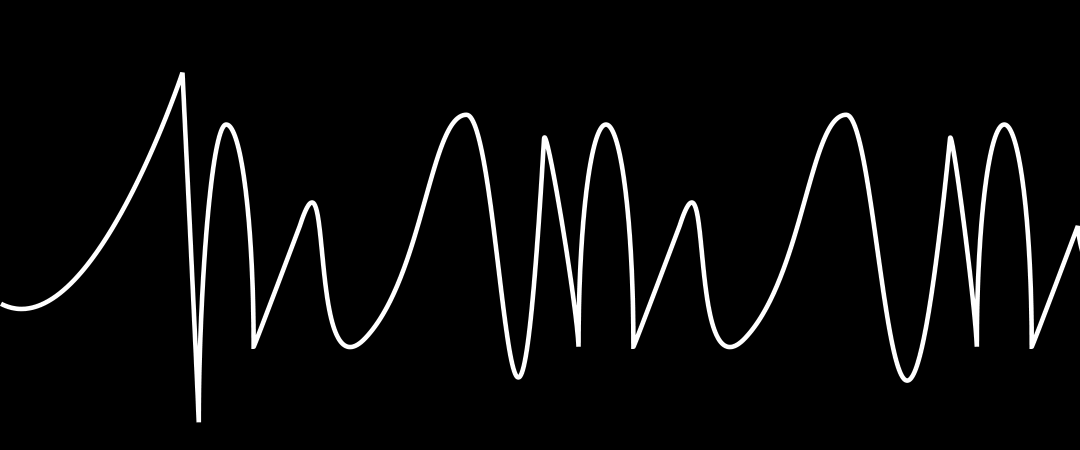Society for Private Musical Performances: seven chamber narratives about the relationship between music, visual art, and architecture.
By contrast with the first two iterations of the Tuning project, which were founded on works by contemporary Russian composers, Tuning–3 turns to the archive of classical music and proposes seven narratives composed of musical and artistic works. A pa-vilion has been set aside for each narrative, in which visitors can be alone with the sound and, by attuning to the music and to their own feelings in response to it, feel how the sound waves, combined with fine art, define place, time, and circumstance.
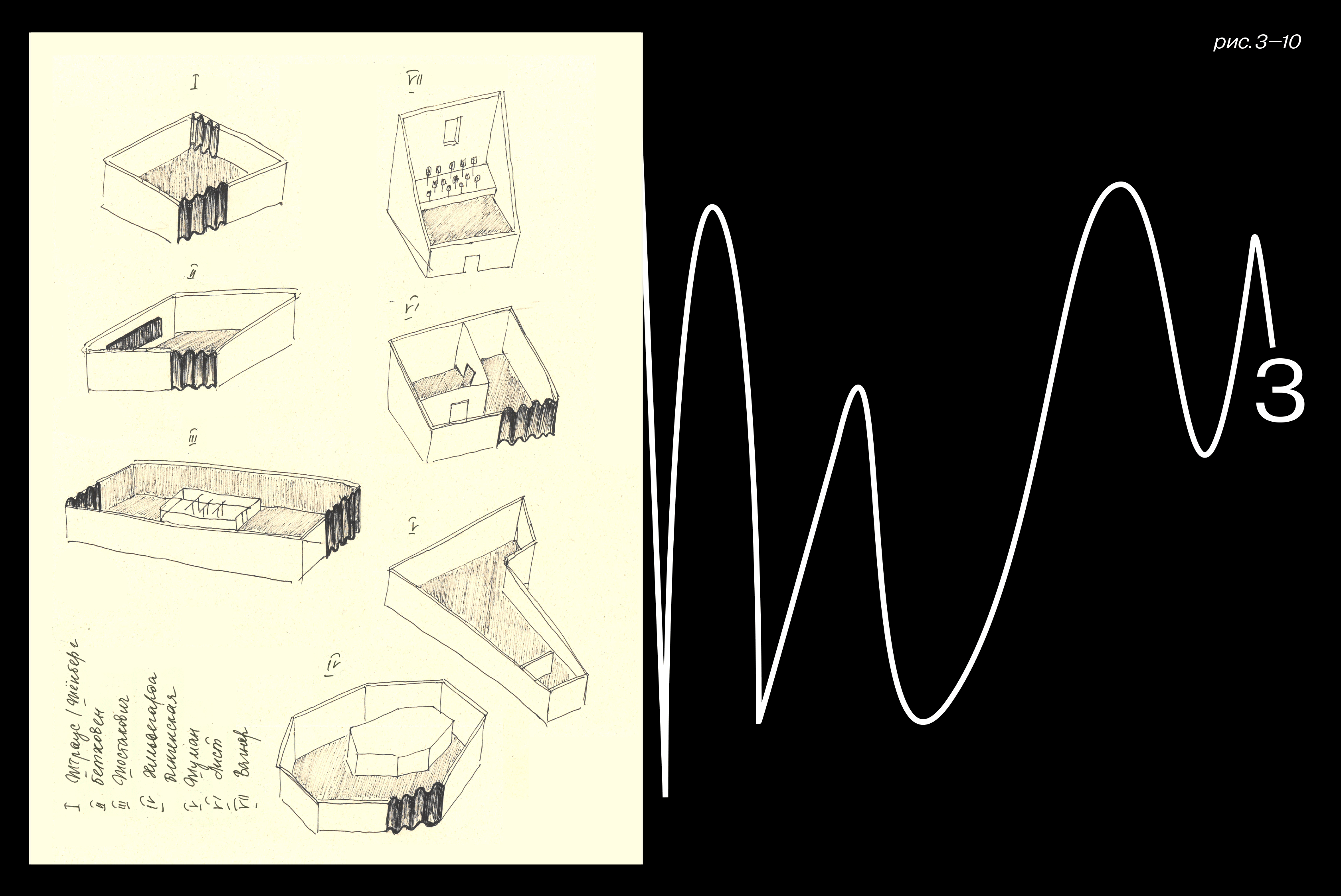
Seven musical works composed between the twelfth and twentieth century by authors ranging from Hildegard of Bingen to Shostakovich pro-pose different modes of chamber listening: sometimes as intended by the composer, sometimes emerging from historical context, and sometimes embedded in the process of composition itself. The existential and metaphysical loneliness of the composer, their tense attention to both the spirit of the times and their own feelings is echoed in works by artists of the twentieth and twenty-first centuries who are not often found together in one exhibition: Irina Korina and Mikhail Vrubel, Francis Bacon and Hiroshi Sugimoto, Irina Nakhova and Oleg Vassiliev, Nairy Baghramian and Kirill Glusсhenko.
The works of these artists do not illustrate the musical compositions they accompany: words, sounds, images, environment, and architecture complement one another, and through these connections an experience is born that is greater than the sum of its parts—a whole world rises around the spectator.
An important historical parallel is provided by the concerts of the Society for Private Musical Performances (Verein für musikalische Privataufführungen), founded in 1918 by the Austrian-American composer and Second Viennese School theorist Arnold Schoenberg. The Society’s concerts were held exclusively in chamber halls, in an atmosphere of in-tense scientific search for modernist music that would correspond to the "real—not the calendar—Twentieth century," as the poet Anna Akhmatova would later put it.
Uniting these works is a feeling of rupture with the artistic tradition that preceded them, a heightened perception of the boundary between artistic and historic epochs, a falling out of the aesthetic context of the time or a reaching towards the highest point of development. Through each of these compositions runs a painful break, left behind by the movement of the tectonic plates of history at the junction of the "then" and the "now."
In Tuning–3, music and visual art do not just accompany one another but enter into dialogue, setting place, time and circumstance. The works in this exhibition are united by a heightened perception of the border between artistic and historical epochs, of the breaks left behind by the movement of the tectonic plates of history at the junction of the "then" and the "now." The connections between the visible and the audible see a whole world rise around the viewer—the seven pavilions of Tuning–3 conceal seven alternative universes. Within them, composers of the past are presented as radical artists, the mystical chants of the twelfth century Benedictine nun Hildegard of Bingen meet a total installation by Irina Korina, Wagner’s Tristan is performed against a backdrop by Hiroshi Sugimoto and Nairi Bagramyan.

Curators
Katerina Chuchalina, Andrei Parshikov, Dmitry Renansky, Andrey Titov-Vrublevsky, Andrei Vasilenko, Elena Yaichnikova
Authors
Francis Bacon, Nairy Baghramian, Ludwig van Beethoven, Hildegard von Bingen, Marc Camille Chaimowicz, Ivan Chuikov, Shannon Ebner, Alberto Giacometti, Kirill Gluschenko, Francisco Infante-Arana, Irina Korin, El Lissitzky, Franz Liszt, Vladislav Mamyshev-Monroe and Valery Katsuba, Karlheinz Martin, Lucy McKenzie, Irina Nakhova, Giovanni Battista Piranesi, Gerhard Richter, Hiroshi Sugimoto, Robert Schumann, Cindy Sherman, Dmitry Shostakovich, Johann Strauss and Arnold Schoenberg, Vsevolod Tarasevich, Anastasia Tsayder, Oleg Vassiliev, Mikhai Vrubel, Richard Wagner
Performers
Mikhail Andrushchenko, Dmitry Chernyshenko, Georgy Dolgov, Alexey Goribol, Elena Grigorieva, Olga Komok, Kirill Kondrashin, Evgeny Krivoshein, Mikhail Krutik, Lyubov Lazareva, Fedor Lednev, Nicholas Mazhara, Carlos Navarro Herrero, Vladislav Pesin, Alexey Petrov, Evgeniy Rumyantsev, Eleni-Lydia Stamellou, Yevgeny Svetlanov, Victoria Velkova, Symphony Orchestra of the Moscow Philharmonic, USSR State Symphony Orchestra
Plan
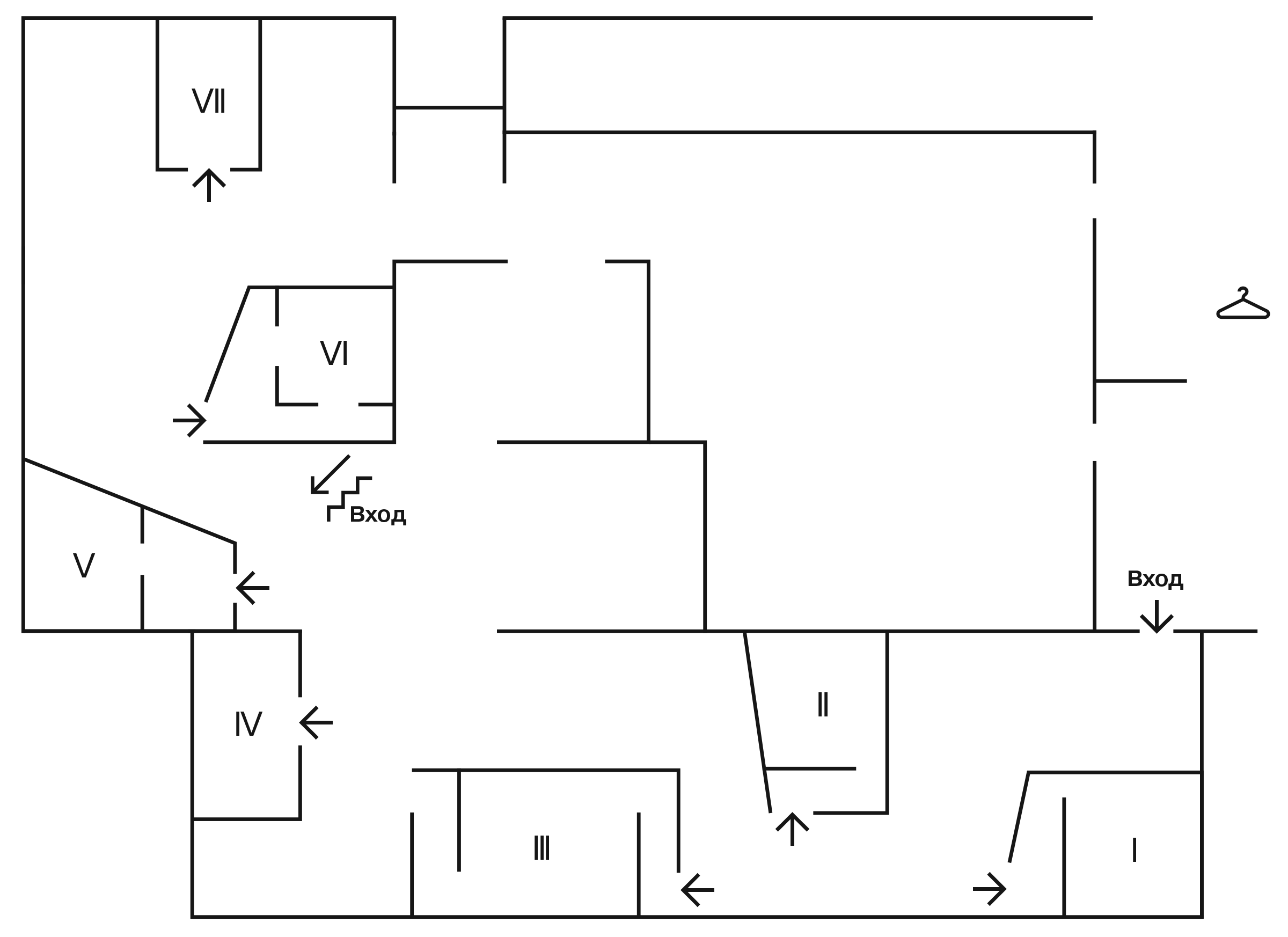
-1 floor
I Strauss / Schoenberg
II Beethoven
III Shostakovich
IV Hildegard of Bingen
V Schumann
VI Liszt
VII Wagner
Exhibition partners
OVCHARENKO Moscow Museum of Modern Art
Multimedia Art Museum
Moscow Pushkin State Museum of Fine Arts
Schusev State Museum of Architecture
State Tretyakov Gallery
XL Gallery
Project partner

Architect
Elizaveta Sazonova
Set design
Aleksandr Barmenkov
Lighting design
Ksenia Kosaya
Producers
Alexandra Chistova, Alisa Kekelidze, Ksenia Makshantseva, Dmitry Ryabkov
Technical production
Andrey Belov, Alexandr Dolmatov, Artem Kanifatov, Pavel Luzhin, Konstantin Petruk, Nikita Tolkachev
Registrars
Daria Krivtsova, Sofiya Lazareva
Accessibility and inclusion curators
Sasha Anikushin, Vlad Kolesnikov, Oksana Osadchaya
